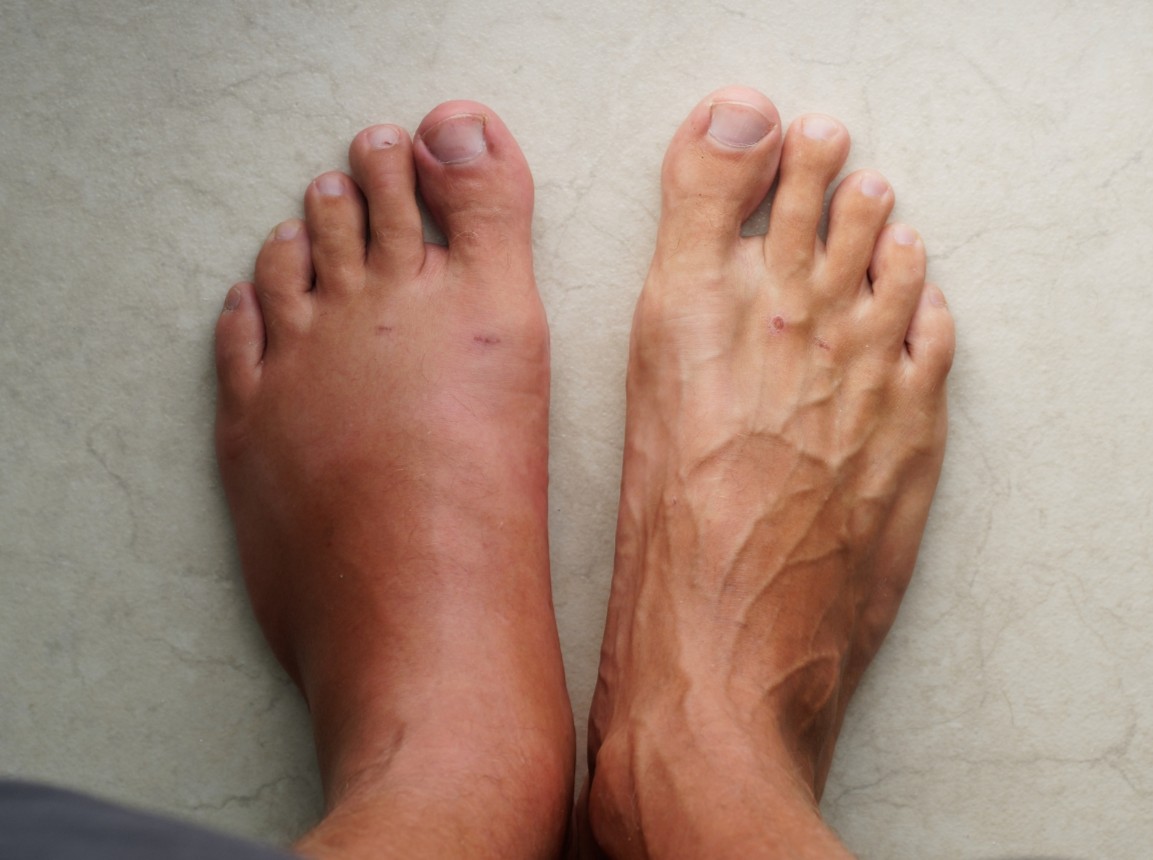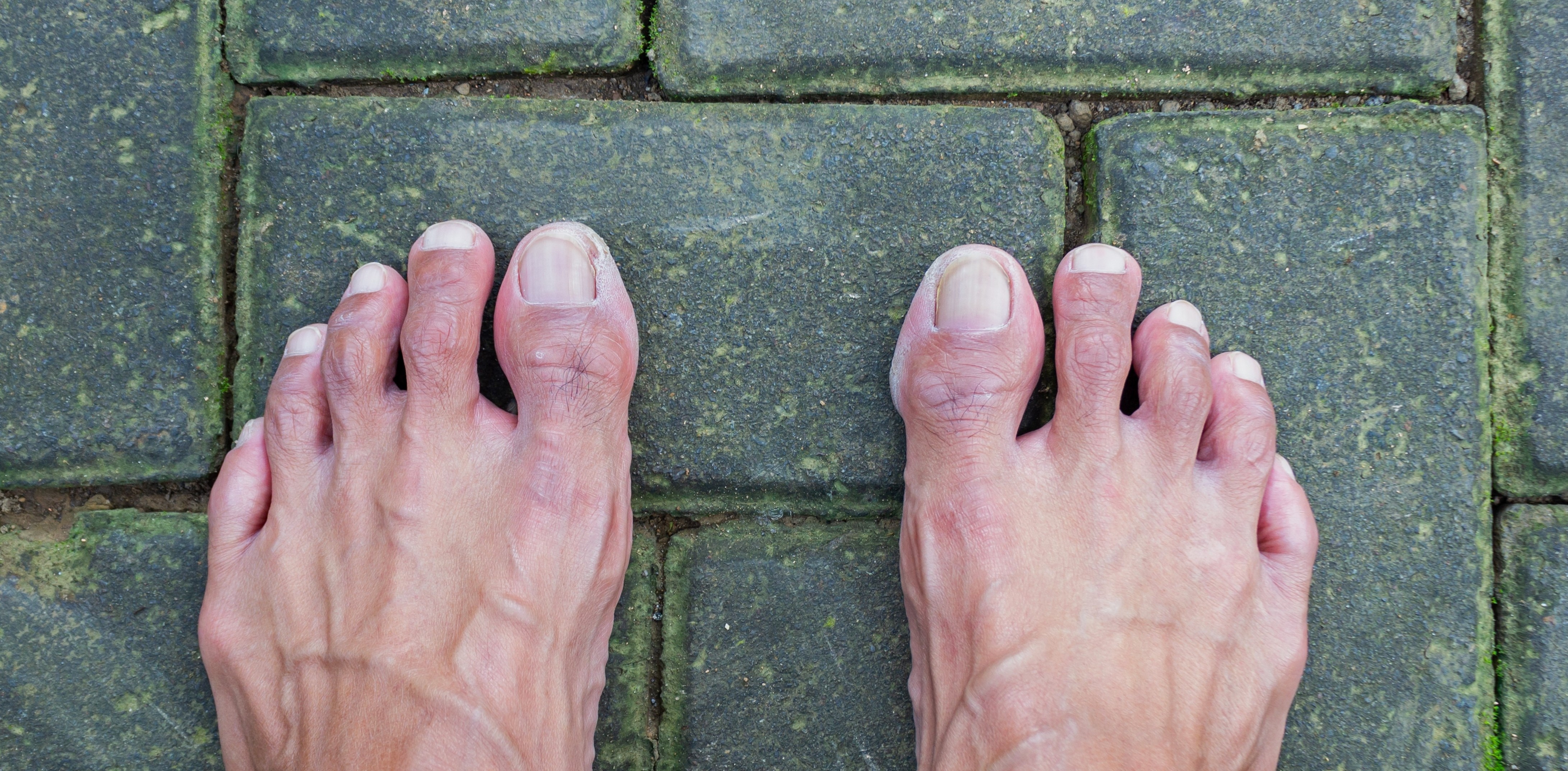Freiberg’s infarction, or disease, describes the death of bone tissue at the head of the metatarsal (long bone of the foot) because of an interrupted blood supply to the area. This is medically known as avascular necrosis. While the second metatarsal head is most often affected, avascular necrosis can affect the third and fourth metatarsals. It most often affects young girls during a growth spurt, so between the ages of 8 and 15 years. Adults can also be affected by Freiberg’s, though this is unrelated to growth spurts and growth plates as it often is in kids. To learn more about kids’ foot problems, click here.
Generally, it is the repetitive stress and microtrauma to the growth plate of the at the end of the second metatarsal that results in a Freiberg’s infarction. The impact can cause the joint to collapse and lose its structural integrity, disrupting the blood supply to the area. Other contributing factors include:

Symptoms of a Freiberg’s infarction can include:
The first step in treatment is to offload the affected metatarsal head at the ball of the foot. This may be done through a cast, a moonboot, or an orthotic depending on the level of off-loading required. This will help to reduce the initial painful symptoms. Following this, long-term management will look at footwear modifications and using orthotics with metatarsal pads and other features to off-load the forefoot. For severe cases that do not respond well to conservative treatment, surgery may be indicated.

We’ve all had those days — you come home after hours on your feet, kick off your shoes, and notice your ankles look puffier than usual.
Swelling in the feet, ankles, or legs (known medically as edema) isn’t always a reason to panic. It can be as simple as a
salty lunch or a long flight.
But what if it’s happening more often — or seems to be getting worse? Swelling can sometimes be a sign of something more serious. Here’s
what could be going on and when to check in with your doctor.
.jpg)
Every year on October 8th, the world celebrates International Podiatry Day - a day dedicated to
raising awareness about foot health and the vital role that podiatrists play in our overall well-being.

There’s been a lot of buzz about going barefoot. Some say it helps strengthen feet and improves performance, while others warn it can do more harm than good. The truth? It depends on the person, the surface, and how it’s done.
Keeping your family on their feet and helping them to walk, run, play and exceed their goals is why we love getting up in the morning.
Ground Floor, One Health Building
122 Remuera Rd, Remuera
Auckland 1050, New Zealand
| MON - FRI | 7:30am – 6:30pm |
| SAT | 8:30am – 4:30pm |
| SUN | Some availability |
Make an Appointment
Online Schedule
Our virtual receptionist is available 24/7 to help with general questions, booking requests, and clinic information, even when our team is busy, or it's after hours.
Whether you're calling us or using our website, you'll get fast assistance any time of day. And if your query needs a personal touch, a member of our team will follow up as soon as possible.
If you’d like to see a podiatrist who speaks your preferred language, just give us a call and we’ll help you book.